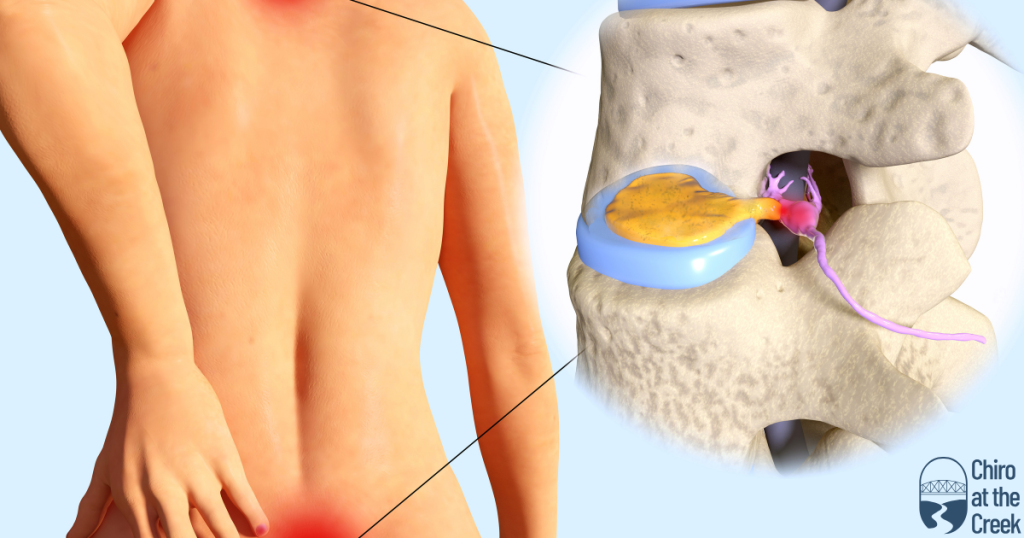Chiropractic Care for Jaw Issues: Evidence-Based Research Supporting Its Efficacy
When it comes to addressing jaw issues, chiropractic care emerges as a potential alternative therapy that holds promise in providing relief and improving overall well-being. The temporomandibular joint (TMJ) plays a crucial role in functions like chewing, speaking, and swallowing, but issues such as pain, stiffness, or clicking in the jaw can significantly impact daily life. This article explores the relationship between chiropractic care and jaw issues, backed by research that demonstrates the effectiveness of chiropractic techniques in managing TMJ disorders.
Understanding Jaw Issues and Their Impact
Jaw issues, including temporomandibular joint disorders (TMD), can manifest as various symptoms such as jaw pain, restricted movement, headaches, ear pain, and clicking or popping sounds when opening or closing the mouth. These problems can arise from factors like misalignment of the jaw joint, muscle tension, arthritis, trauma, or teeth grinding. TMD can not only cause discomfort and affect oral function but also lead to widespread discomfort in the head, neck, and shoulders, impacting quality of life.
Chiropractic Care Approach to Jaw Issues
Chiropractic care focuses on the musculoskeletal system’s alignment and function, aiming to restore balance and alleviate pain through manual adjustments, therapeutic exercises, soft tissue techniques, and lifestyle recommendations. When it comes to jaw issues, chiropractors assess the alignment of the jaw joint, neck, and spine to identify any misalignments or dysfunctions contributing to the symptoms. By applying precise adjustments and targeted therapies, chiropractors can realign the jaw, reduce muscle tension, and promote healing in the surrounding tissues.
Research Supporting Chiropractic Care for Jaw Issues
Several studies have investigated the effectiveness of chiropractic care in managing jaw issues and TMD, providing valuable insights into the benefits of this approach. A study published in the Journal of Oral Rehabilitation found that chiropractic treatment significantly reduced pain and increased jaw mobility in patients with TMD compared to a control group. The researchers observed improvements in jaw function and quality of life following a series of chiropractic adjustments targeting the jaw and neck areas.
Another study in the Journal of Manipulative and Physiological Therapeutics highlighted the positive outcomes of chiropractic care in addressing TMD symptoms, including jaw pain, muscle tenderness, and limited mouth opening. The researchers reported that chiropractic interventions, such as spinal adjustments and soft tissue therapies, led to a reduction in pain levels and improved jaw function in individuals with TMD. These findings underscore the potential of chiropractic care as a non-invasive and effective option for managing jaw issues.
In addition to clinical research, anecdotal evidence from patients who have undergone chiropractic treatment for jaw problems further supports the benefits of this holistic approach. Many individuals report experiencing relief from jaw pain, improved range of motion, and enhanced overall well-being after receiving chiropractic care tailored to address their specific jaw issues.
In conclusion, chiropractic care offers a holistic and research-supported approach to addressing jaw issues, including TMD. By targeting the underlying musculoskeletal imbalances and promoting natural healing processes, chiropractors can help alleviate jaw pain, improve function, and enhance quality of life for individuals struggling with jaw-related problems. If you are experiencing jaw discomfort or TMD symptoms, consider consulting a qualified chiropractor to explore the potential benefits of chiropractic care in managing your condition.













